Argentine memory for the world

Alejandra Naftal, Executive Director of the ESMA Museum and Site of Memory, writes about it nomination process for the UNESCO World Heritage List,

Alejandra Naftal, Executive Director of the ESMA Museum and Site of Memory, writes about it nomination process for the UNESCO World Heritage List,
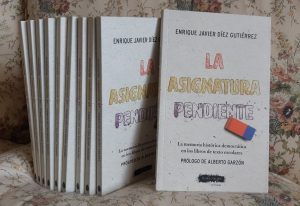
La asignatura pendiente. La memoria histórica democrática en los libros de texto escolares Javier Díez Gutiérrez and Enrique Javier. Madrid: Plaza y Valdés. 2020. Reviwed by David González, project manager at the EUROM Although the book in front of us saw the light of day in 2020, it is the outcome of many years of …
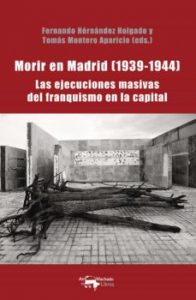
Vanessa Garbero reviews the collective book “To Die in Madrid (1939-1944). The Mass Executions of Franco’s Regime in the Capital City”, edited by Fernando Hernández Holgado and Tomás Montero Aparicio

On 3 August 2021, Nuraini Juliastuti and Carine Zaayman visited the exhibition “First Americans: Honouring Indigenous Resilience and Creativity” at the Museum Volkenkunde

Gustavo Meoño Brenner is a key person in the armed conflict and the transition to peace in Guatelama
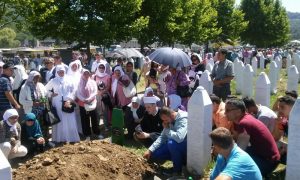
Emir Suljacić, Director of the Srebrenica Memorial Centre
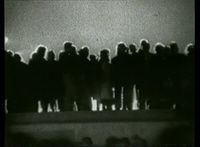
An essay by lko-Sascha Kowalczuk

By Sébastien Ledoux. Professor of History University of Paris 1 Panthéon-Sorbonne
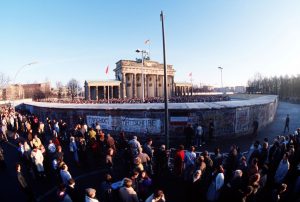
An essay by Marie-Claire Lavabre,
Emeritus Research Director at the French National Centre for Scientific Research
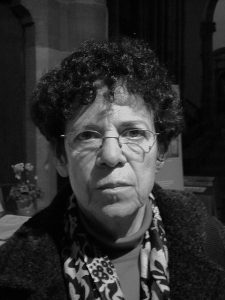
A conversation with Annette
Wieviorka, Research Director Emeritus in the Center National de la Recherche Scientifique (CNRS)